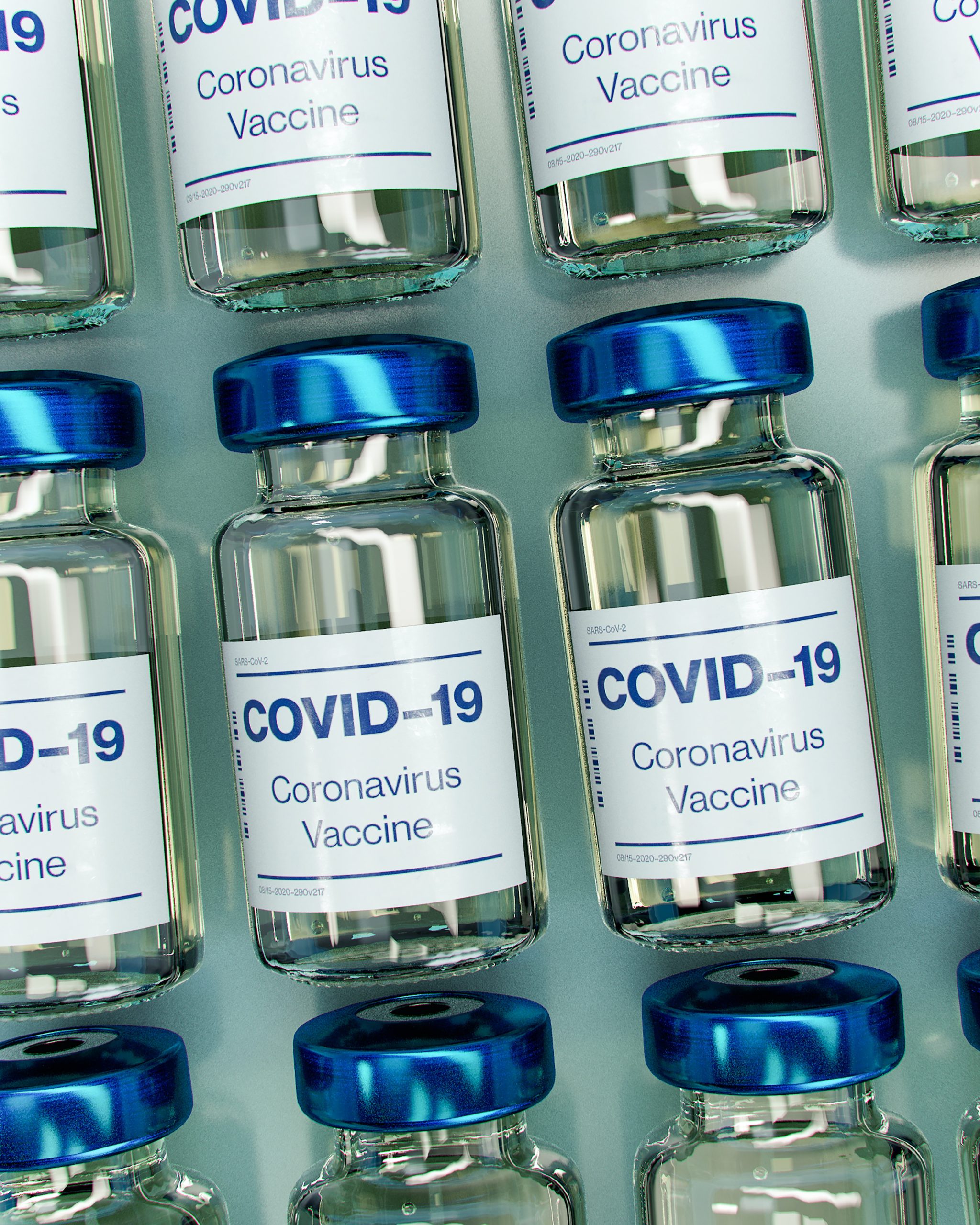Even as lines form and we all learn about cold freezer storage, the COVID-19 vaccine looks like the beginning of the end of a wearisome pandemic. All of our lives have changed as a result of this coronavirus. It has spelled loss, isolation and countless sacrifices for billions of people worldwide. Experts are hopeful that, with the right distribution, the COVID-19 vaccine will effectively mitigate risk and let many of us return to some version of normal life.
What you may not know is that the COVID-19 vaccine is actually a tech miracle. Here’s why.
COVID-19 Vaccines
The Food and Drug Administration (FDA) has given emergency approval that authorizes COVID-19 vaccines from a couple of providers:
Pfizer/BioNTech COVID-19 Vaccine
The Pfizer-BioNTech COVID-19 vaccine was given emergency use authorization (EUA) on December 11, 2020. For people over the age of 16, the vaccine can be administered where it is available in the United States. It’s taken in two doses, three weeks apart. So far, its efficacy rate is 95% a week after the second dose.
Moderna COVID-19 vaccine
The Moderna vaccine was given EUA on December 18, 2020. It came in just a week after the Pfizer vaccine and can be given to people over the age of 18. Moderna’s vaccine is also a two-dose, taken 28 days apart, and has proven 94.1% effective.
Both the Pfizer and Moderna vaccines use a similar process (messenger RNA, or mRNA) and are injected into the arm muscle. It’s important to note that both are series drugs and must be completed to ensure immunity.
So, why is a computer repair company talking about the COVID-19 vaccine? In addition to the fact that this is a shared human phenomenon, the technology it took to create these vaccines and get them to us is nothing short of a miracle.
New Vaccine Technology
Both suppliers of COVID-19 vaccines used a new technology (briefly referenced above) that looks something like cellular engineering. The medical field regularly leverages technology to pull off some pretty amazing feats. This vaccine could represent a groundbreaking application of sci-fi level ideas.
In essence, these vaccines differ from traditional approaches. Historically, a vaccine would present a fragment of the protein of a virus into the body. This would activate the immune system. One of the functions of the immune system is to memorize attackers. This process is complex but foundational to building “immunity” to certain diseases.
Instead of that, using mRNA, the COVID-19 vaccines give the body a pattern of sorts to use to create its own virus fragments. When this occurs, the immune system kicks into action and gets rid of the virus, while also remembering the nature of the intruder. This builds immunity in the body.
One of the most challenging elements of this has been to create a coating that would protect the fragile mRNA.
The most amazing part? It works. When a vaccine that works this way can be over 95% effective, it spells great promise for pharmaceutical technology and our increased ability to fight even more kinds of illness.
Coronavirus Vaccine Technology: The Jenner Institute
In spring of 2020, The Jenner Institute at Oxford University was already performing coronavirus vaccine trials on 6,000 people using this revolutionary approach. What researchers uncovered while testing was a better understanding of the immune system’s responses. In their specific studies, they used altered genetic code of familiar viruses (similar to the mRNA detailed above).
The goal was to see if the vaccine could adequately induce an immune response and provide protection against a specific virus. Once extrapolated, thoroughly tested and then templated, an effective process was determined. The only reason the university’s version of the vaccine isn’t available to us is that it didn’t reach an agreement with any manufacturers in North America.
Vaccine Tech: Complex Science and High Hopes
The interconnectedness of our world isn’t just about having a device with the internet at your fingertips. Every time you turn on the news, you are seeing the interplay of vast disciplines. Medicine relies more than ever on technology and researchers cross the aisle of these distinct areas all of the time.
It is hopeful that complex science, rigorous testing and technology can coalesce into something that eradicates the threat of COVID-19 and gives us our lives back. While the pharmaceutical industry isn’t without faults; they may be delivering a legitimate solution in our time of need.


